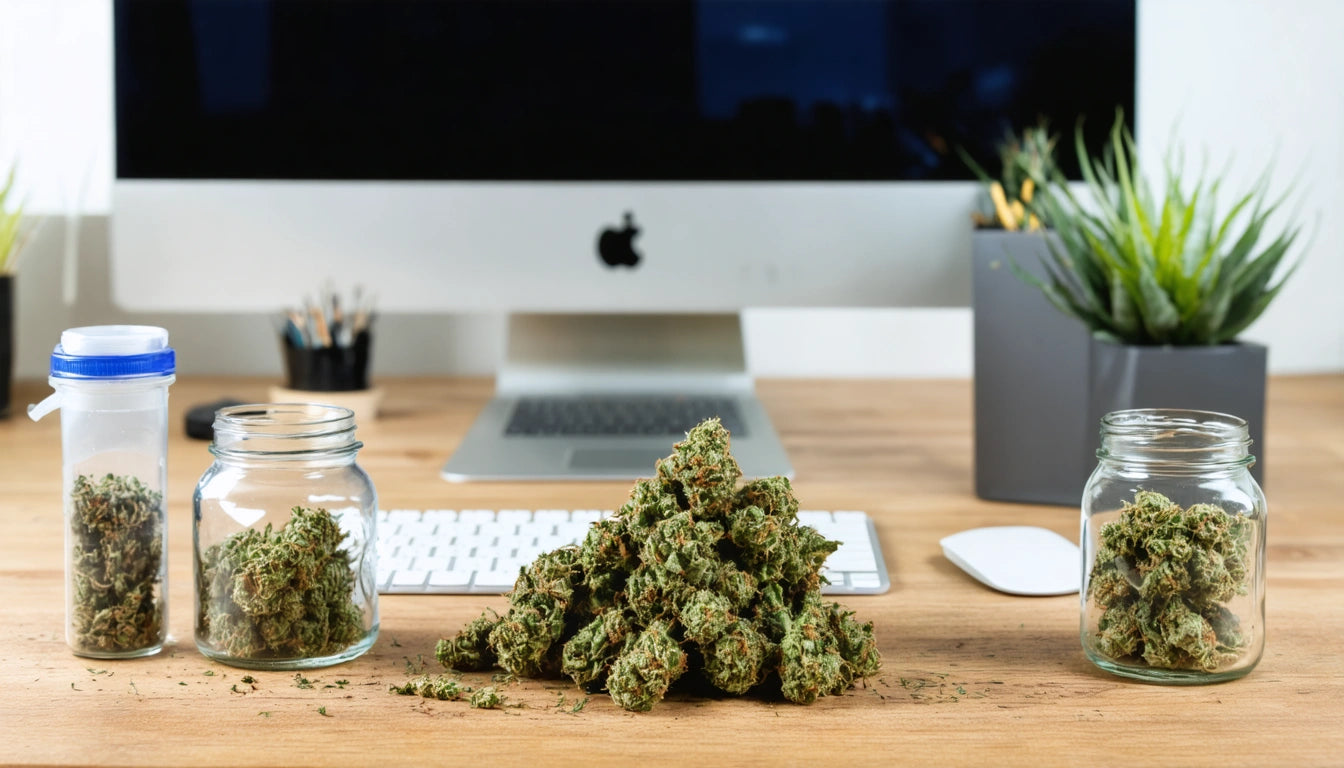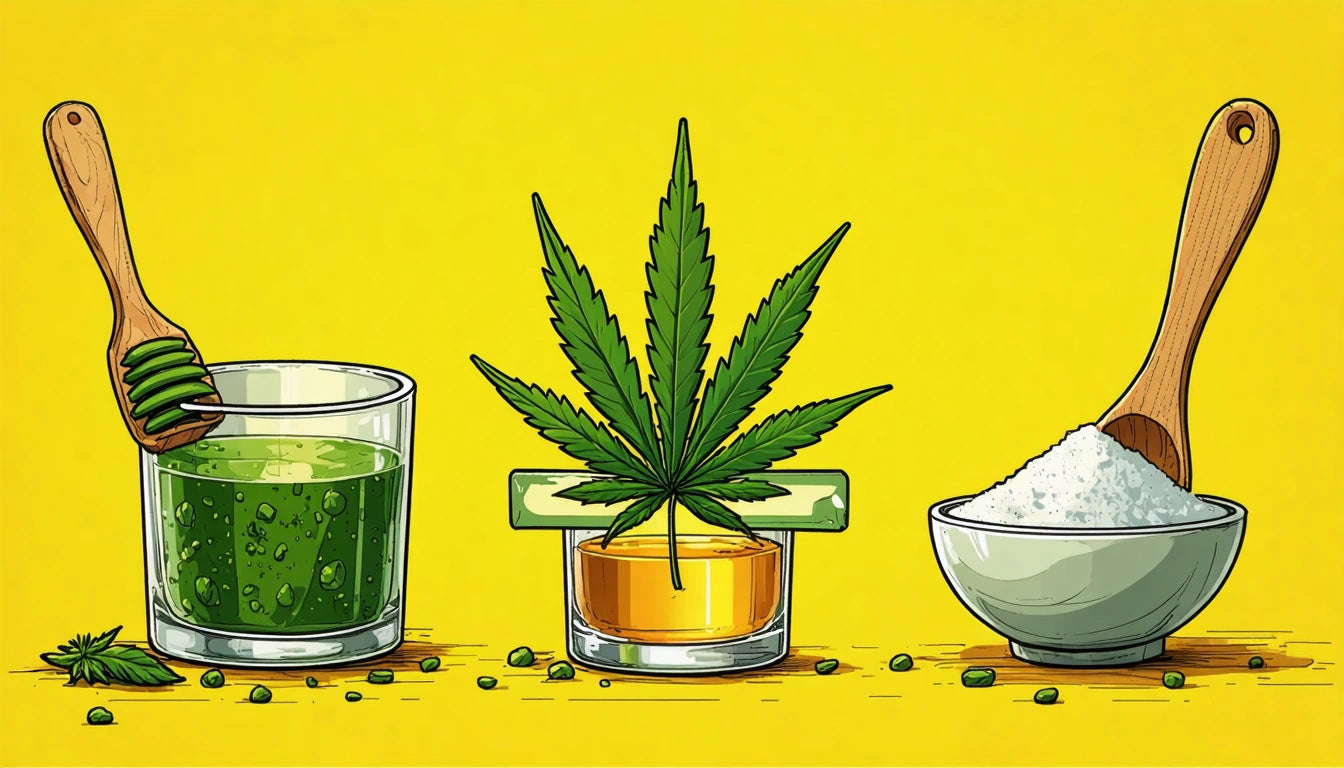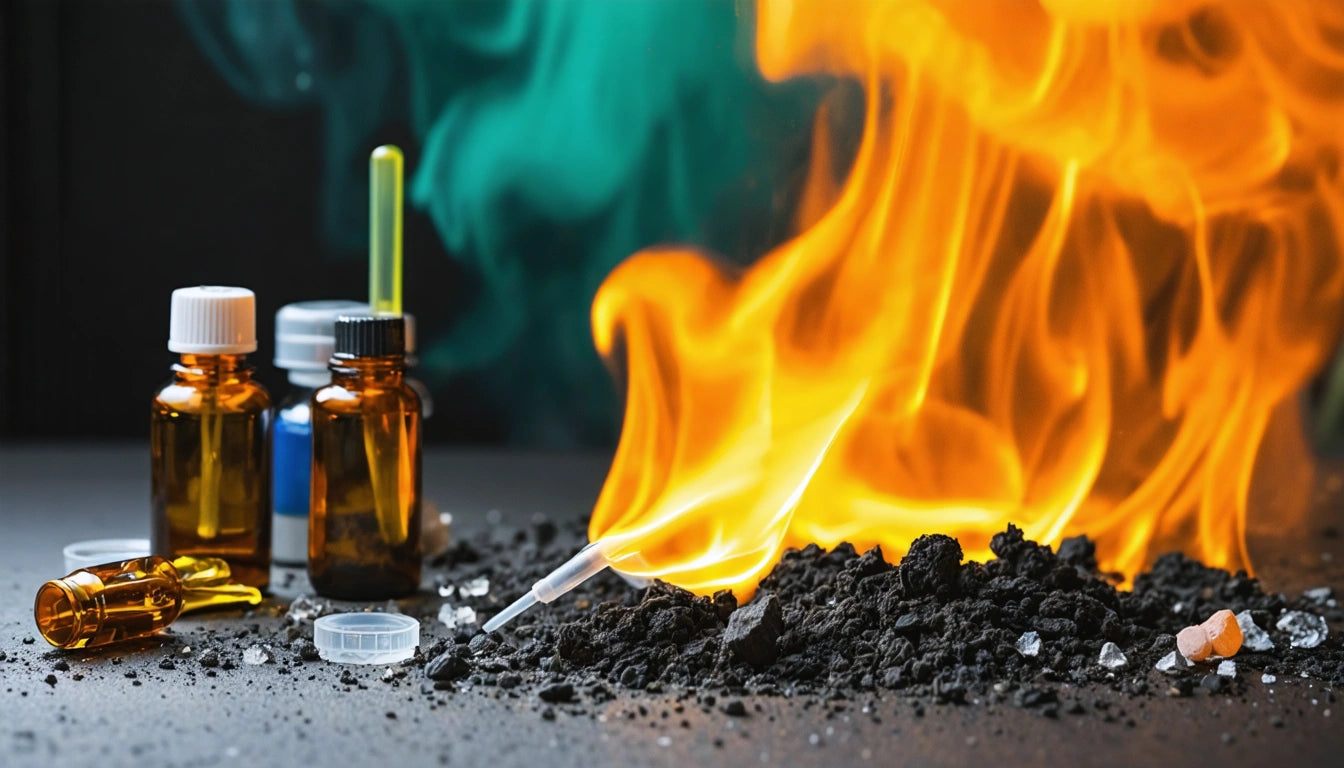Table of Contents
Defining a Heavy Weed Smoker: What It Means and How to Identify One
Understanding what constitutes heavy marijuana use has become increasingly important as cannabis legalization spreads across the country. While occasional use has become more socially acceptable, there remains significant confusion about what is considered a heavy weed smoker versus moderate or light consumption patterns.
Defining Heavy Marijuana Use: Consumption Patterns
When discussing what is considered a heavy weed smoker, frequency and quantity are the primary metrics. According to clinical guidelines and research, heavy cannabis use is typically defined as:
- Daily or near-daily use (5-7 days per week)
- Multiple consumption sessions throughout the day
- Consuming one gram or more of cannabis flower daily
- Using high-potency products consistently
As outlined in this detailed analysis of consumption patterns, heavy use isn't just about frequency but also about the context and impact of that use on daily functioning.
Quantitative Measures
Research suggests that consuming more than 3-4 joints daily or the equivalent in other consumption methods constitutes heavy use. For concentrates and edibles, the THC content becomes the determining factor, with regular consumption of high-potency products (80%+ THC concentrates or 100mg+ THC edibles) generally falling into the heavy use category.
Signs of Heavy Cannabis Use: Behavioral and Physical Indicators
What is a heavy smoker in terms of observable signs? Several indicators may suggest someone has developed a pattern of heavy cannabis consumption:
Behavioral Signs
- Cannabis use becomes a primary daily activity
- Planning activities around consumption opportunities
- Experiencing difficulty functioning without cannabis
- Developing tolerance requiring increased consumption
- Continuing use despite negative consequences
Many heavy users develop specific consumption rituals, often using specialized accessories like premium pre-roll cones or custom smoking devices that facilitate frequent, convenient consumption throughout the day.
Physical Indicators
Physical signs that may indicate heavy marijuana use include:
- Persistent red eyes
- Chronic cough or respiratory issues
- Changes in appetite and weight
- Altered sleep patterns
- Decreased coordination or reaction time
These physical manifestations vary widely among individuals and can be influenced by consumption method, as alternative consumption techniques may reduce some physical symptoms.
Health Implications of Heavy Cannabis Consumption
Regular, heavy cannabis use carries potential health considerations that differ from occasional consumption:
Respiratory Concerns
Smoking as the primary consumption method can lead to respiratory issues similar to tobacco smoking, though typically less severe. Research on smoking and lung health indicates that combustion byproducts, not cannabis itself, cause most respiratory concerns.
Cognitive Effects
Heavy, long-term use has been associated with:
- Short-term memory challenges
- Attention and concentration difficulties
- Potential impacts on motivation and goal-directed behavior
- Possible alterations in brain development for those who begin use in adolescence
These effects vary significantly based on individual factors, including age of initial use, genetic predisposition, and concurrent use of other substances.
Social and Lifestyle Impacts of Heavy Marijuana Use
Understanding what is a heavy smoker includes recognizing potential lifestyle impacts:
Financial Considerations
Heavy cannabis consumption represents a significant financial investment. Daily users may spend $1,500-$3,000+ annually depending on location, product preferences, and consumption volume.
Social and Occupational Functioning
Heavy use may affect:
- Professional performance and career advancement
- Interpersonal relationships with non-users
- Legal risks in non-legal states or in employment situations
- Time allocation and productivity
As detailed in this analysis of chronic versus moderate use, the impact on social functioning often serves as a key differentiator between problematic and non-problematic heavy use.
Harm Reduction Strategies for Regular Cannabis Users
For those who identify with heavy consumption patterns, several harm reduction approaches can minimize potential negative impacts:
Consumption Method Modifications
Switching from smoking to vaporizing or edibles can reduce respiratory risks, though each alternative carries its own considerations. Understanding passive smoking impacts can also help users make more informed choices about where and how they consume.
Usage Monitoring and Moderation
Implementing usage tracking, scheduled tolerance breaks, and mindful consumption practices can help maintain control over consumption patterns. Many heavy users benefit from:
- Setting specific consumption windows rather than all-day use
- Tracking quantity consumed weekly
- Implementing regular 48-hour to 2-week tolerance breaks
- Using lower-potency products for daily use, reserving high-potency options for specific occasions
The key distinction between problematic and non-problematic heavy use often lies not in the quantity consumed but in the user's ability to maintain control and balance consumption with life responsibilities.











Leave a comment
All comments are moderated before being published.
This site is protected by hCaptcha and the hCaptcha Privacy Policy and Terms of Service apply.